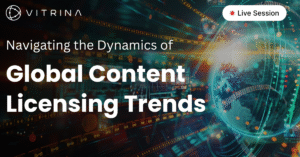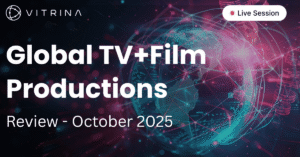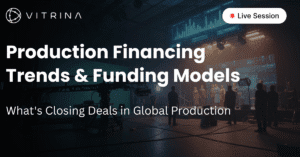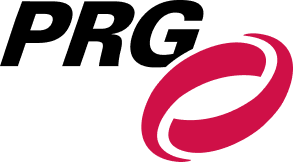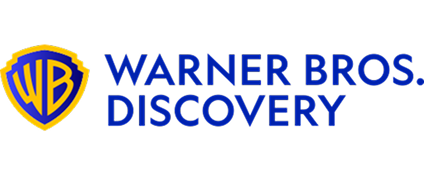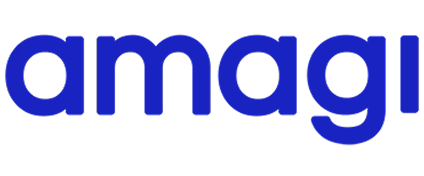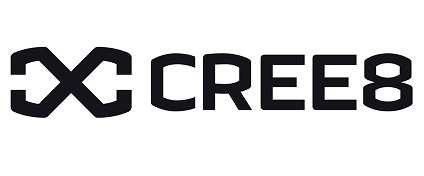How AI is Being Used in Animation: A 2025 Strategic Guide to Automation and Partner Vetting
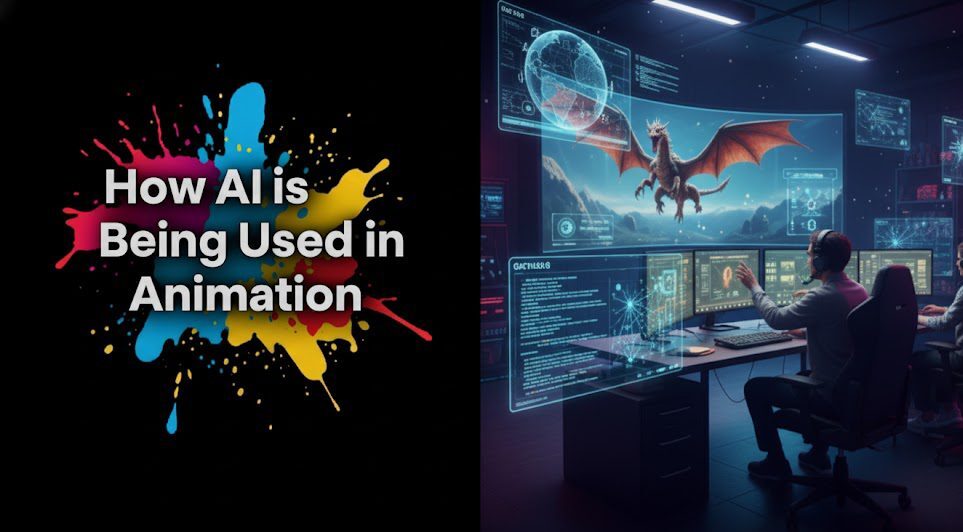
Introduction
The Media & Entertainment (M&E) industry stands at a critical juncture, facing relentless pressure to scale content output while managing escalating production costs.
For senior executives overseeing content pipelines, the convergence of Generative AI and production workflows is no longer a theoretical debate—it is the defining strategic imperative of 2025.
This concept explainer is designed to cut through the noise, providing a clear-eyed analysis of how AI is Being Used in Animation, its measurable impact on the production supply chain, and the new challenges it introduces to partner discovery and Intellectual Property (IP) management.
Table of content
- The New Co-Creator: How AI is Being Used in Animation Production
- The Executive Mandate: Measuring AI’s Impact on Production Metrics
- Navigating the New Supply Chain: Ethical Risks and IP Challenges
- How Vitrina Simplifies Partner Discovery in the AI Era
- Conclusion: The Future is a Human-AI Partnership
- Frequently Asked Questions
Key Takeaways
| Core Challenge | Executives must integrate AI to accelerate production by up to 60% while mitigating the new risks of IP compliance and vetting technology-enabled vendors. |
| Strategic Solution | Establishing an AI-informed strategic sourcing framework that identifies, validates, and securely collaborates with best-in-class, AI-integrated production and post-production partners. |
| Vitrina’s Role | Vitrina provides the data layer—tracking the projects, credits, and verified capabilities of over 100,000 global vendors—to de-risk the selection of AI-fluent partners. |
The New Co-Creator: How AI is Being Used in Animation Production
The function of artificial intelligence within the animation pipeline is shifting from an optimization tool to a creative co-creator.
By 2025, the application of AI is Being Used in Animation across all three major phases—pre-production, production, and post-production—is fundamentally restructuring how time and resources are allocated.
The core impact is a displacement of technical burden, allowing human artists and creative leadership to focus exclusively on narrative depth and artistic direction. This change is directly addressing the escalating content volume demand from global streamers and distributors.
Streamlining Pre-Production: Storyboarding and Concept Art
Pre-production is one of the most resource-intensive phases, requiring fast, high-quality visual iteration for executive sign-off. Generative AI models have dramatically compressed this timeline.
Tools like Midjourney, DALL·E, and specialized AI storyboarding applications are translating script pages and text prompts into cohesive, stylistically consistent visual narratives almost instantly.
- Concept Iteration: Designers can generate thousands of character, landscape, and stylistic variations in minutes, accelerating the visual development process from weeks to hours.
- Automated Storyboarding: AI systems analyze scripts to extract key action, character names, and dialogue, then generate preliminary storyboard frames complete with suggested camera angles and shot blocking. This is a crucial early step, allowing for rapid visualization that feeds directly into the pre-vis pipeline. Executives gain faster visibility into the visual narrative, enabling quicker, data-informed greenlights. The ability to prototype complex scenes without dedicated artist time accelerates the critical “development-pre-production” phase, which Vitrina tracks globally to provide early warning on content movement.
Automating the Frame: Keyframing, In-Betweening, and Lip-Syncing
The middle phase of the pipeline—the heavy lifting of frame-by-frame creation—is where machine learning delivers the most immediate return on investment. Historically, tasks like in-betweening (drawing the intermediate frames between two key poses) and lip-syncing have consumed the vast majority of animator time.
- AI Keyframing and In-Betweening: AI-powered tools, such as the plugins in Autodesk Maya or add-ons for Blender, use machine learning models trained on vast animation datasets to auto-generate smooth, realistic motion between human-set keyframes. This functionality, sometimes referred to as automated animation, is reported to reduce the time required for basic character animation by 60% or more, according to industry analysis.
- Realistic Facial Animation: Software leveraging deep learning can analyze an audio track and automatically generate complex, accurate facial movements and lip synchronization, ensuring character emotion and dialogue remain consistent across entire productions. Similarly, markerless AI motion capture platforms like DeepMotion convert standard video footage into clean 3D animation data, democratizing access to believable character movement for smaller studios and independent creators.
Enhancing Visual Fidelity: Real-Time Rendering and VFX
The final stage of animation—rendering—has traditionally been the most significant production bottleneck, often locking up vast computing resources for days. AI-driven rendering is solving this core problem by providing efficiency at scale.
- Neural Rendering: Engines like NVIDIA DLSS and Unreal Engine’s AI Ray Tracing use AI algorithms to intelligently denoise images, predict lighting, and fill in visual data, allowing for real-time or near real-time rendering of complex scenes with cinematic quality. This capability is paramount for interactive media, VR, and AR, but its impact is equally profound in feature film and episodic production, giving animators immediate feedback and dramatically accelerating the overall post-production timeline.
- AI-Enhanced VFX: AI accelerates the creation of complex visual effects, from procedural generation of textures, crowds, and organic shapes (like fire or water) to automated rotoscoping and background removal in post-production. The result is a higher degree of visual complexity and photo-realism achieved in a fraction of the time.
The Executive Mandate: Measuring AI’s Impact on Production Metrics
For the C-suite, AI’s role is not defined by its tools, but by its performance against key business metrics: cost reduction, time-to-market, and the capacity for content iteration. The strategic deployment of AI must be viewed through a financial lens, specifically focusing on the new efficiency equation it creates.
The New Efficiency Equation: Time, Cost, and Iteration
The most immediate and demonstrable return on investment from AI is its ability to compress production cycles. Industry analysis suggests that AI integration can reduce total animation production timelines by up to 60% depending on the specific application, according to recent M&E reports.
- Time: Tasks measured in weeks (e.g., in-betweening a five-minute sequence) are reduced to days or hours. This speed allows studios to meet the aggressive delivery schedules mandated by global streaming platforms.
- Cost: Automation of repetitive, manual processes reduces the total person-hours required for those tasks, resulting in significant labor cost savings. For smaller studios, AI democratizes high-quality production, allowing them to compete for high-budget projects without proportional increases in staffing.
- Iteration: AI dramatically lowers the cost of failure. Executives can demand multiple visual drafts, style tests, and character variations with minimal cost or delay, leading to a higher-quality final product. This capacity for rapid testing provides a crucial advantage in a competitive market.
From Artists to AI Directors: New Skill Sets for the Studio
The assertion that AI will “replace” animators is a simplistic narrative. The reality is that AI is transforming traditional animation roles into hybrid, high-value strategic functions. The industry is seeing the emergence of new roles that require a blend of classical artistry and technical fluency:
- AI Animation Director: Responsible for guiding the AI generation tools, setting the creative guardrails, and ensuring the output matches the overall narrative and emotional tone.
- Prompt Designer: An expert in crafting detailed, precise textual and visual prompts to elicit high-quality, consistent results from generative AI models.
- AI Ethics & IP Supervisor: A critical role focused on auditing the training data of models used, ensuring content provenance, and maintaining brand safety and IP compliance throughout the workflow.
This shift in talent acquisition requires studios to source partners who have already successfully bridged the skills gap and can demonstrate proficiency in these hybrid, AI-first workflows.
Navigating the New Supply Chain: Ethical Risks and IP Challenges
While generative AI in animation promises unprecedented efficiency, it introduces new, complex risk factors that senior executives must address, primarily revolving around IP integrity and compliance within the extended supply chain.
The Critical Question of Intellectual Property and Ownership
The most pressing challenge is determining ownership and mitigating copyright infringement risk. If a studio partners with a vendor who uses an AI model trained on unlicensed or non-public domain content, the resulting animation may be legally compromised.
- Attribution and Provenance: Studios must demand clear documentation from vendors detailing the provenance of the AI models and their training data. Content created via text-to-video platforms like Sora often includes C2PA metadata support to ensure content transparency, but this must be a non-negotiable contractual element.
- Homogenization of Style: Over-reliance on popular open-source models can lead to a homogenization of artistic output, potentially eroding a studio’s unique brand identity and artistic vision. Striking a balance between AI efficiency and human creativity is paramount to preserving artistic integrity.
The Challenge of Vetting AI-Integrated Production Partners
The decision to use AI often rests with the vendor or service provider. This creates a critical visibility gap for the executive. How can you be certain the “VFX studio” you hired is using responsible, compliant AI practices, or if their efficiency claims are even verifiable?
The fragmentation of the global M&E supply chain means that identifying and vetting reliable partners is now more complex than ever.
You must evaluate partners not just on their creative portfolio but also on their technical stack, AI governance policies, and demonstrated capacity for compliant studio workflow automation.
Traditional vetting processes—relying on word-of-mouth or static vendor lists—are simply inadequate for this new paradigm.
How Vitrina Simplifies Partner Discovery in the AI Era
The integration of AI into animation creates an urgent, strategic need for a platform that can vet partners based on verifiable, real-world data—moving beyond marketing claims and self-reported capabilities.
Vitrina is the only platform designed to address this challenge by tracking the entertainment supply chain through an objective, data-first lens.
Vitrina helps executives de-risk their strategic sourcing decisions in the AI era by:
- Tracking AI Proficiency: We track the confirmed production credits of over 100,000 companies, allowing you to identify vendors who have demonstrably worked on projects requiring AI motion capture, neural rendering, or sophisticated AI animation tools. You see not just claims, but proof of execution. Use Vitrina’s advanced search engine to filter by specific technology competency.
- Verifying Credentials and IP Compliance Track Record: By mapping project and collaboration history globally, Vitrina allows you to assess a partner’s track record, reputation, and project volume. This critical visibility helps you avoid partners who may carry a higher inherent risk of IP issues or compliance failure.
- Providing Early Warning on Content Development: AI is accelerating pre-production. Vitrina’s Film+TV Projects Tracker provides real-time alerts on new animation and VFX projects as they enter the development and pre-production phases, allowing you to engage potential service vendors before the bidding war begins. This is critical for getting a head start in securing the best AI-enabled talent pool.
- Connecting the Supply Chain: For any project in our system, you can drill down to see every collaborator—from the animation studio to the localization vendor to the post-production house. This entertainment supply chain visibility is what transforms fragmented data into actionable competitive intelligence.
Conclusion: The Future is a Human-AI Partnership
The fundamental question is no longer whether AI will change animation, but how quickly executives and their partners can integrate it compliantly and effectively.
By 2025, successful animation studios will be defined by their ability to foster a fluid, high-speed partnership between human creativity and AI efficiency.
This requires treating AI not as a cost-cutting tool, but as a catalyst for creative expansion and faster iteration.
The strategic focus must shift from simply hiring animators to sourcing the partners with the best AI governance, technical fluency, and verifiable track record in the new, accelerated production environment.
The key to navigating this future successfully is having a data-informed, verifiable, and de-risked approach to vendor sourcing—a strategic need that Vitrina is uniquely positioned to fulfill.
Frequently Asked Questions
AI is primarily creating new, high-value roles rather than replacing human animators. It automates repetitive tasks like in-betweening and rendering, allowing artists to focus on complex creative decisions and narrative depth. New specialized positions, such as AI Animation Directors and Prompt Designers, are emerging to manage the technology.
The ownership of AI-generated content is an evolving legal question, depending heavily on jurisdiction and the specific AI model’s training data. To mitigate risk, studios must contractually require vendors to use AI models trained on licensed data and maintain transparent provenance records, often via embedded metadata.
Industry data indicates that by automating labor-intensive processes such as keyframe generation and lip-syncing, AI can reduce production timelines by up to 60%. This increased efficiency translates directly into lower labor costs and greater budget control, especially for projects with aggressive deadlines.
In pre-production, generative AI in animation is predominantly used for instantaneous storyboarding and concept art iteration. Tools convert script descriptions into diverse visual frames, enabling rapid prototyping of characters, environments, and scene compositions, significantly accelerating the ideation and pitch phases.


